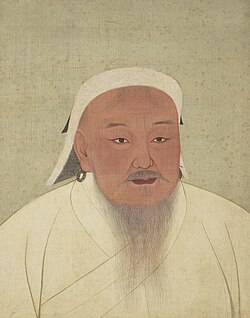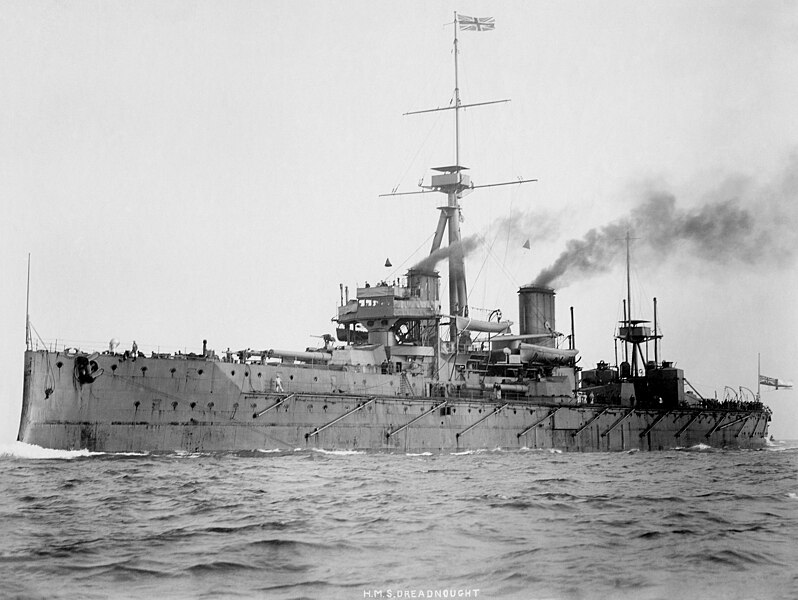Wikipedia:WikiProject Military history/News/August 2024/Articles
|
New featured articles |

- Genghis Khan (AirshipJungleman29)
- In case you didn't know, Genghis Khan (c. 1162 – 1227) was the founder and first khan of the Mongol Empire. Given the name Temüjin at birth, he spent most of his life uniting the Mongol tribes before launching a series of military campaigns to conquer great swathes of China and Central Asia. He is remembered as a ruthless warlord whose conquests also facilitated enormous commercial and cultural exchange across Eurasia.
- Battle of Plum Point Bend (Hog Farm)
- This article covers a naval battle on the Mississippi River in Tennessee that took place on 10 May 1862. The Confederates launched a surprise attack against early riverine ironclads using "cottonclad" ramships. The plan worked because the Union vessels were largely unprepared. Two ironclads were sunk, but the action accomplished nothing of long-term significance and the two ironclads were back in service in less than two months.
New featured pictures |
-
Duck and Cover by Archer Productions, Inc.
-
HMS Dreadnought (1906), by the U. S. Navy, restored by Adam Cuerden
New A-class articles |

- Battle of La Haye-du-Puits (Hawkeye7)
- This article covers a major but little-remembered battle fought between the US and German armies during the 1944 Normandy campaign. Between 5 and 14 July, the American troops of the VIII Corps pushed southward through forest, swamps and bocage to capture the high ground around La Haye-du-Puits. The advance was bitterly contested by German forces, who suffered heavy casualties.
- CSS General Earl Van Dorn (Hog Farm)
- CSS General Earl Van Dorn was a cottonclad warship used by the Confederate States of America during the American Civil War. The cottonclads were converted civilian river steamers used as naval rams by the Confederates. General Earl Van Dorn sunk a Union ironclad in the Battle of Plum Point Bend and was the only Confederate cottonclad to escape destruction or capture in the First Battle of Memphis. She was burned by her crew on the Yazoo River in late June 1862, about three weeks after the battle at Memphis.
- Henry Macandrew (Pickersgill-Cunliffe)
- One of the most successful cavalry commanders of the First World War, Sir Henry Macandrew would probably be more widely known if he hadn't accidentally killed himself in a petrol/pyjama-related explosion a year after the war ended. A career officer of the Indian Army, he saw service in several campaigns and the Boer War prior to the First World War. A follower of Douglas Haig, he saw quick advancement once the war began, initially on the Western Front and then in the Middle East where he made his largest impact in command of a cavalry division of the Desert Mounted Corps.
- HMS Sardonyx (1919) (Simongraham)
- HMS Sardonyx was one of only a few Royal Navy destroyers designed in the First World War (albeit launched shortly after the Armistice) to serve at the Normandy landings in the Second World War. She operated in several front-line roles during the 1920s and 1930s. In 1939 and early 1940 she was extensively modified for escort duties, and protected shipping for the remainder of the war. Sardonyx was retired in June 1945 and scrapped.
|


